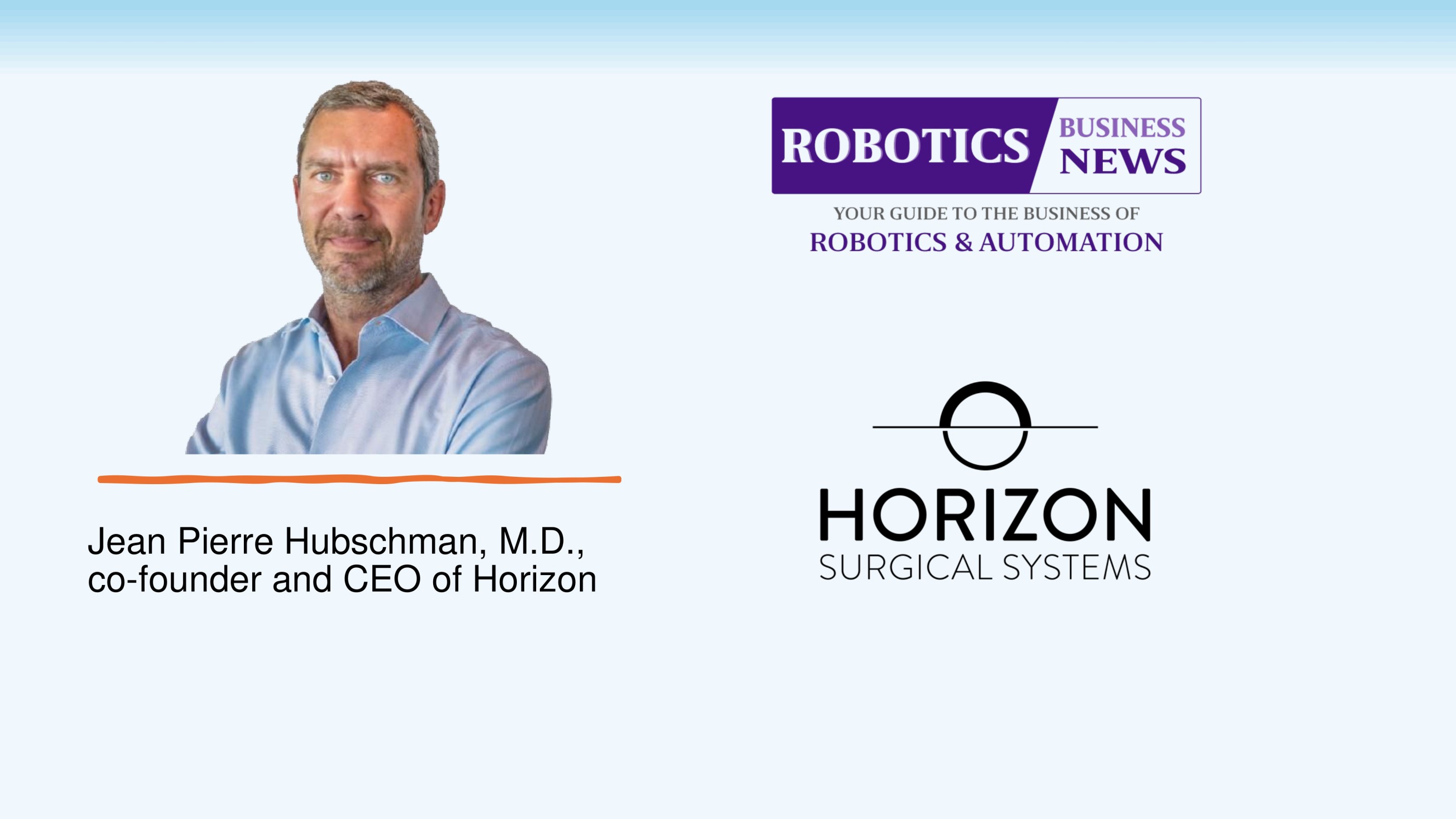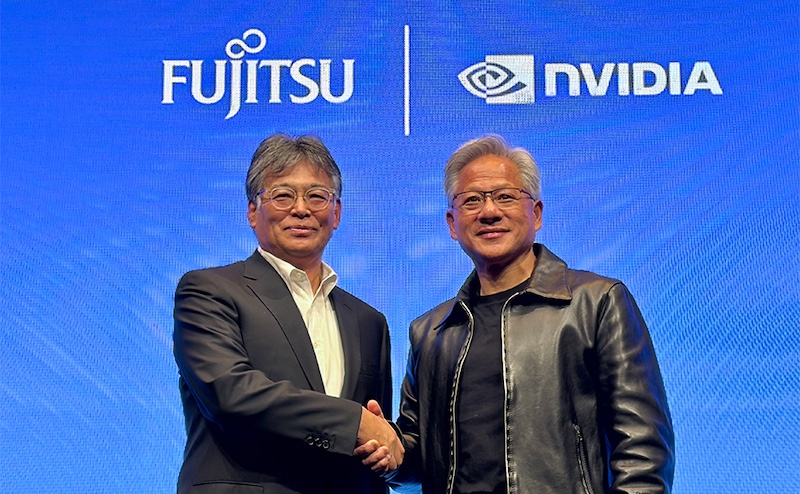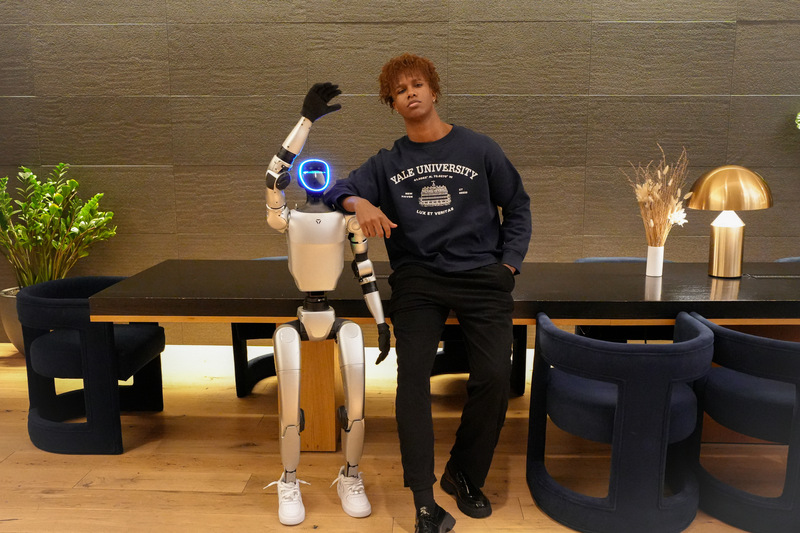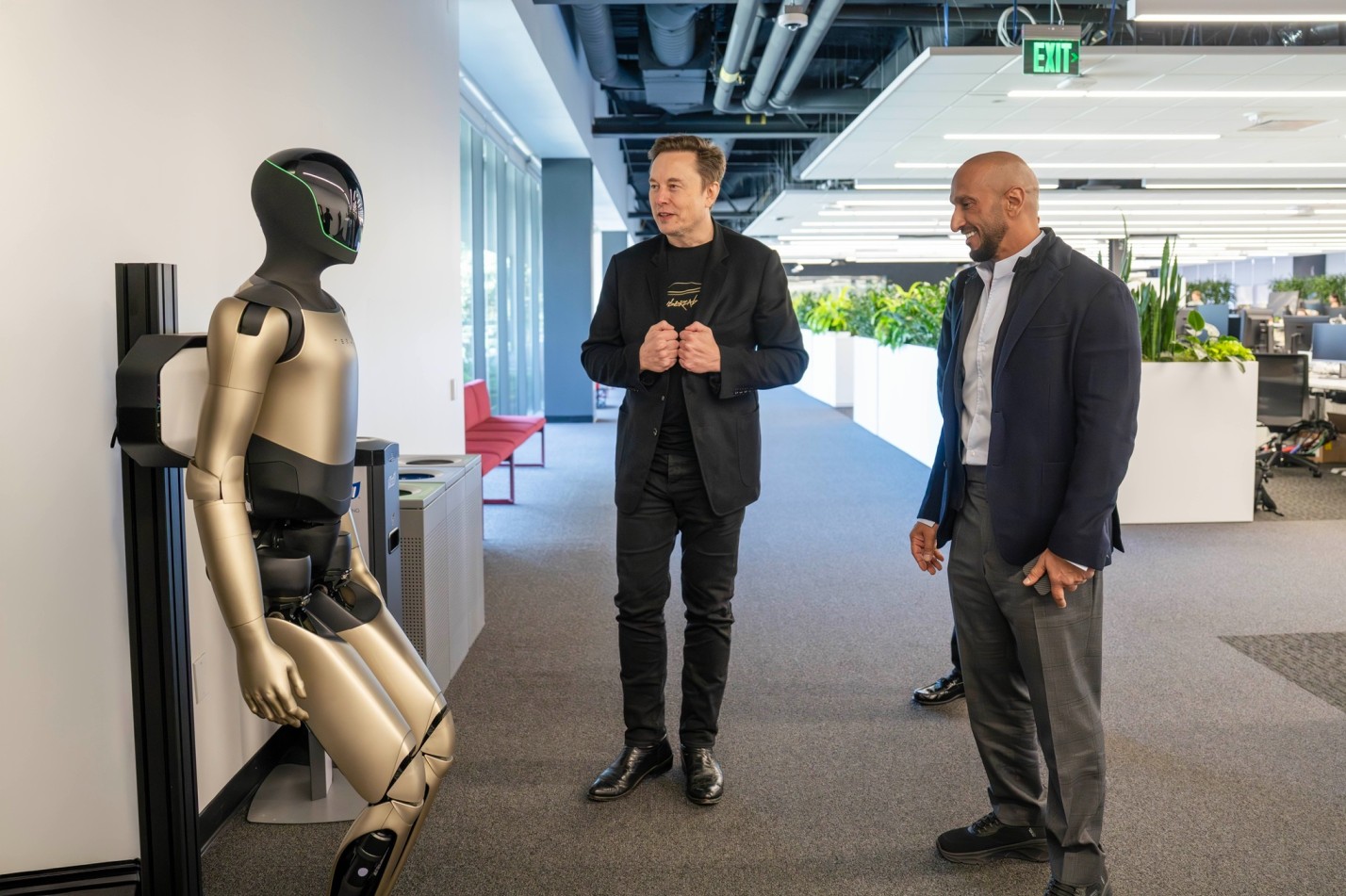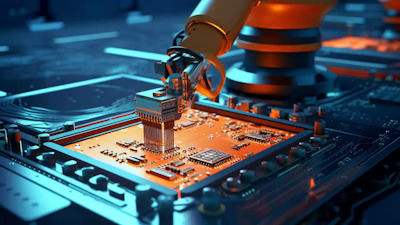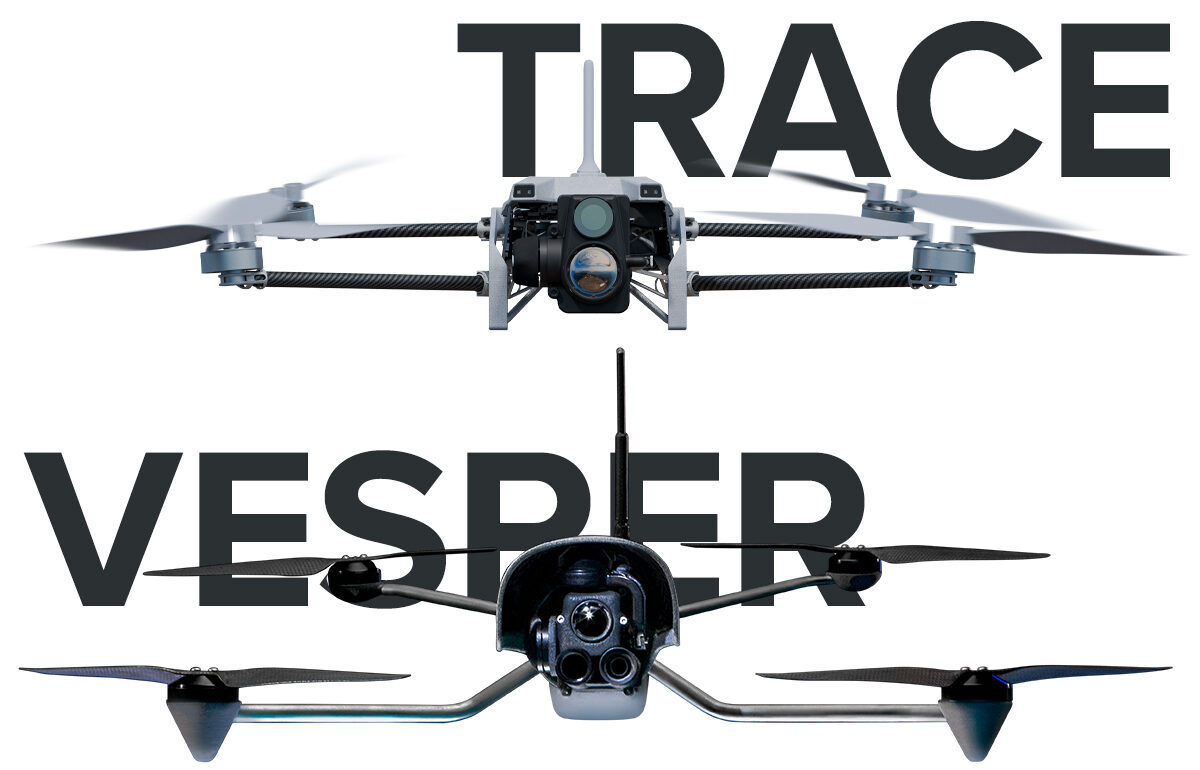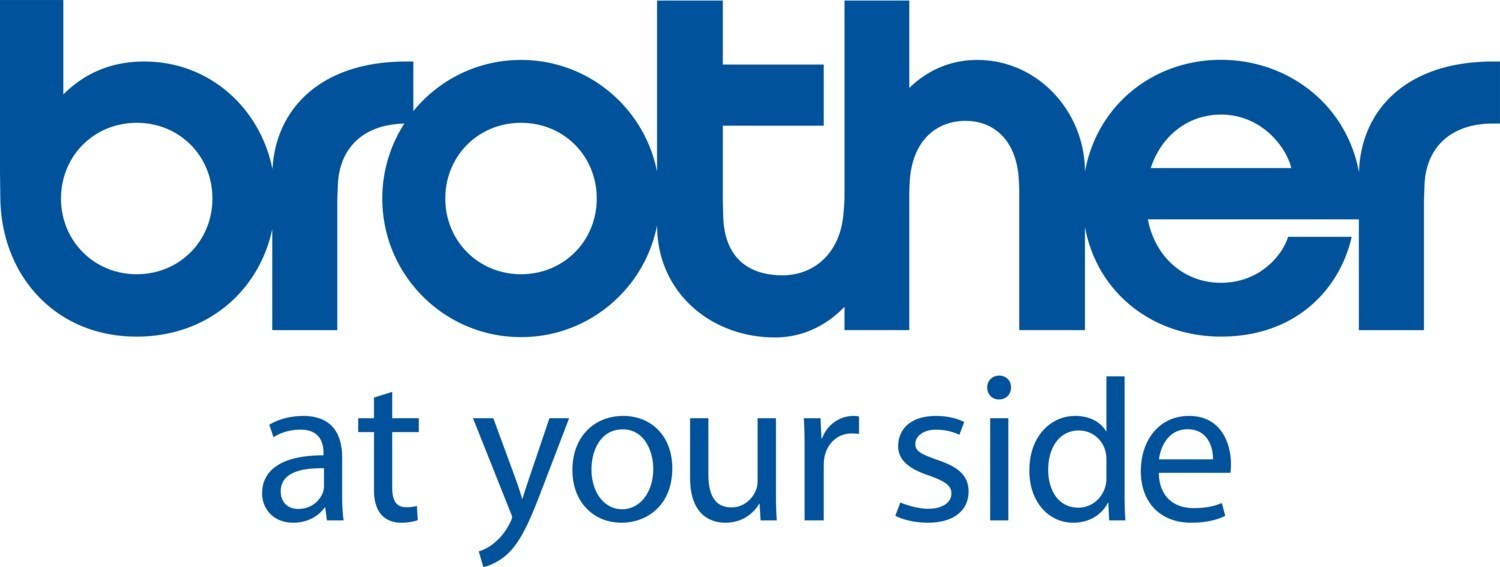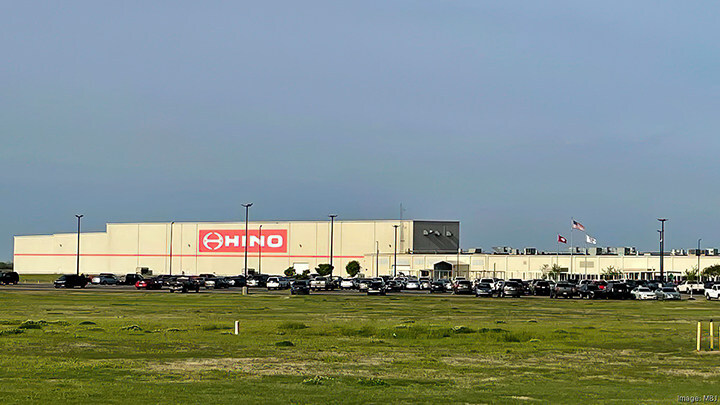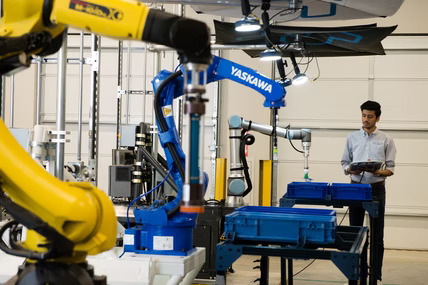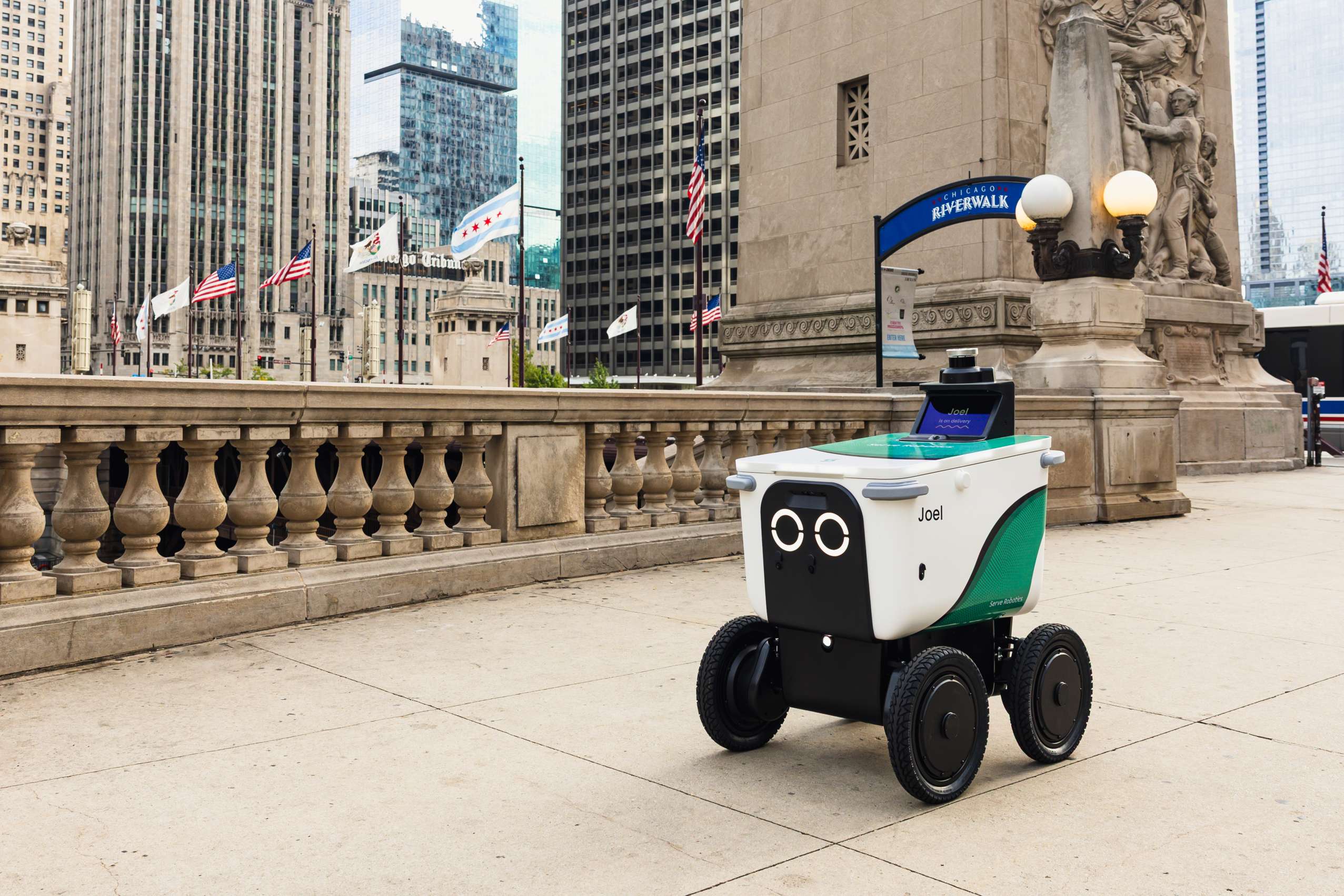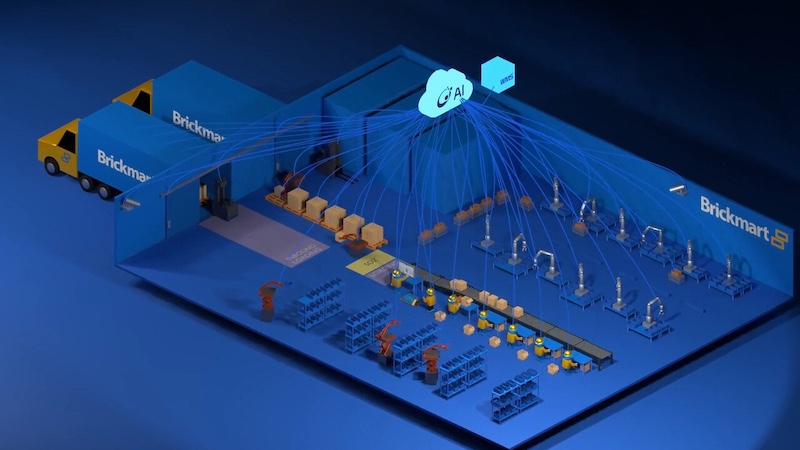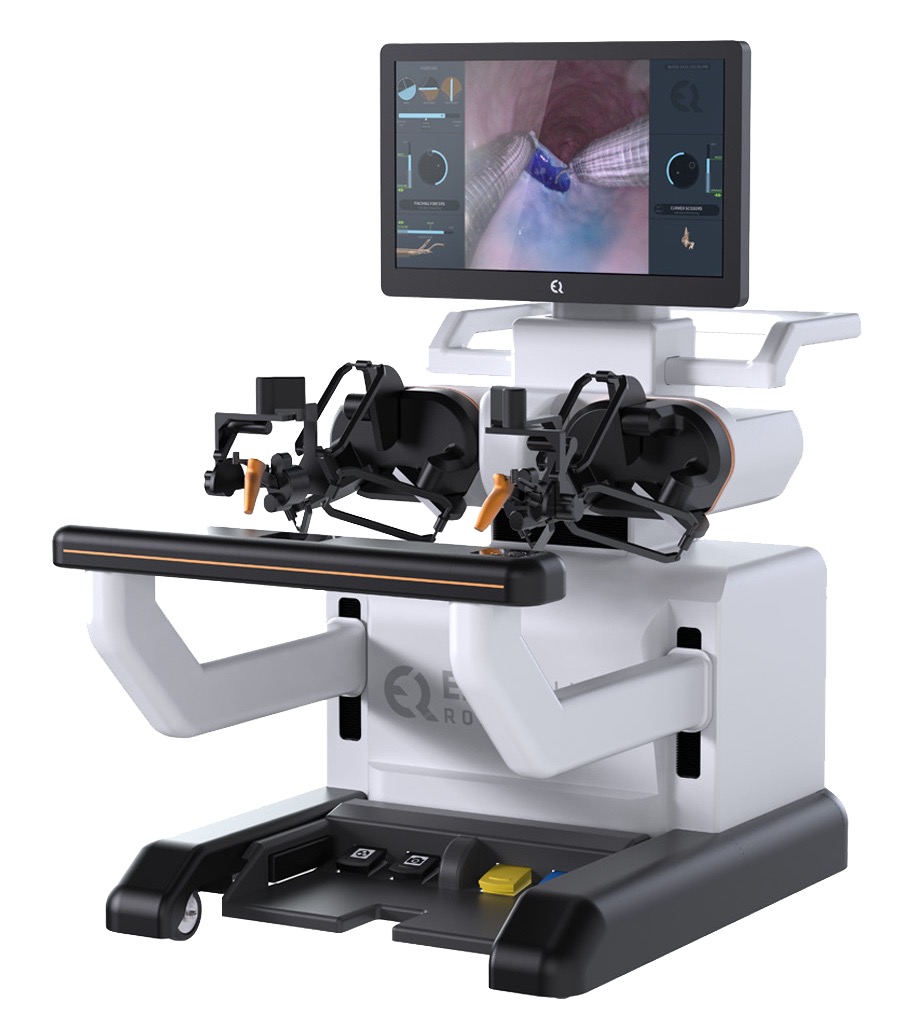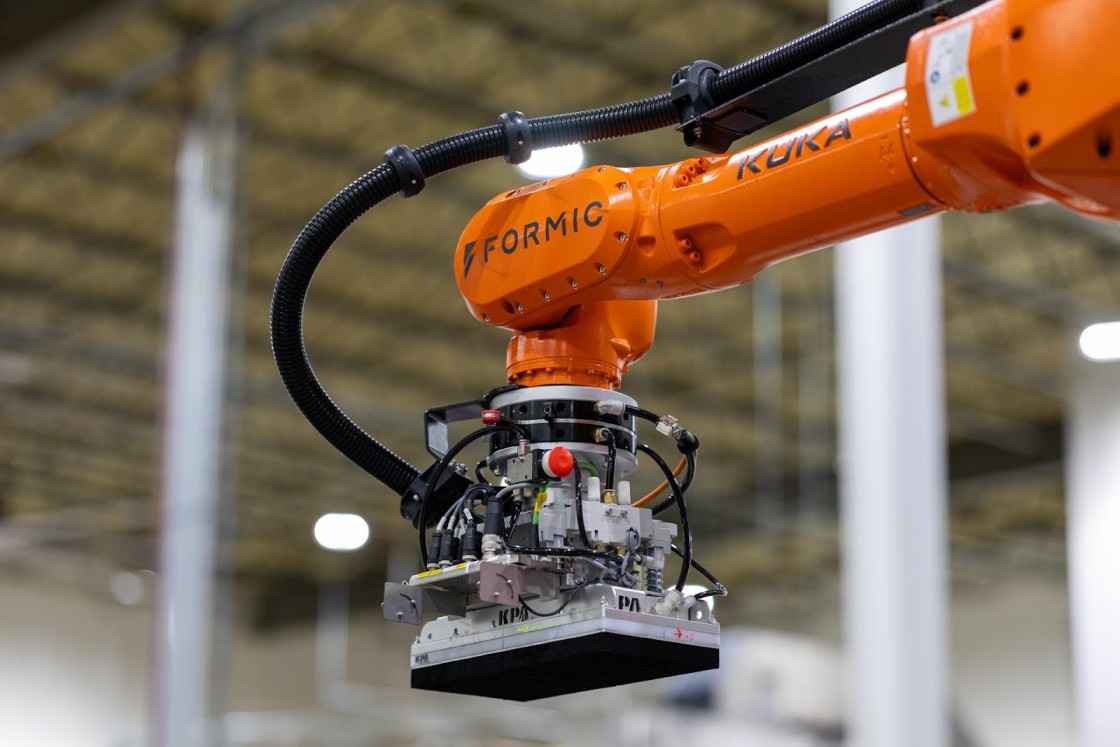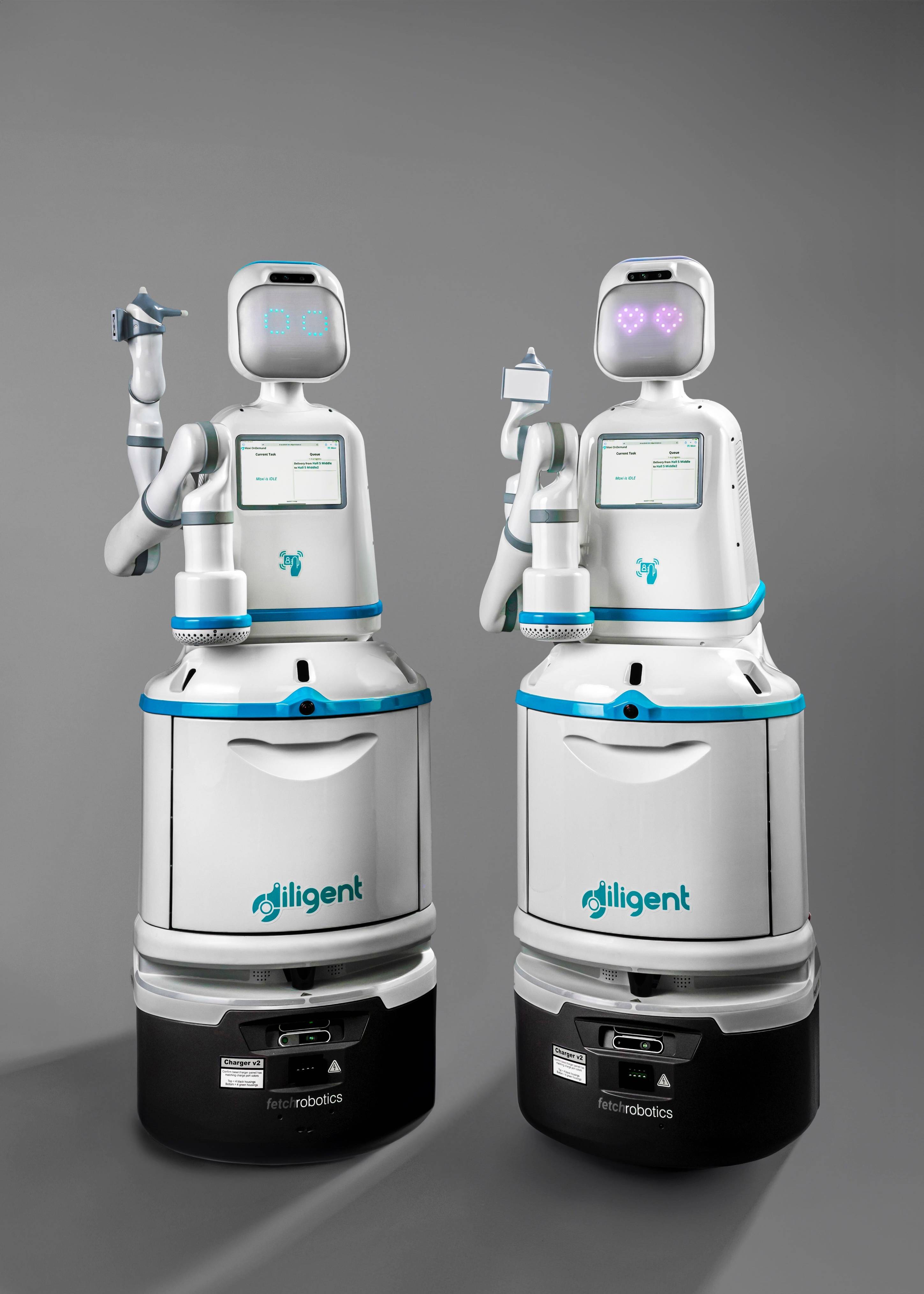Dr. Jean Pierre Hubschman Leads Horizon in Shaping the Future of Robotic Vision and Precision Microsurgery
21 October 2025 | Interaction | By editor@rbnpress.com
Dr. Jean Pierre Hubschman discusses Horizon’s breakthrough in robotic vision systems, how AI and precision robotics are transforming microsurgery, and what’s next for human-robot collaboration in the operating room.
In an exclusive interview with Robotics Business News, Dr. Jean Pierre Hubschman, co-founder and CEO of Horizon, discusses how his company is pioneering the next generation of robotic vision and precision microsurgery. With a deep understanding of both clinical challenges and technological potential, Dr. Hubschman outlines how Horizon’s innovations are reshaping the future of medical robotics and improving patient outcomes through advanced automation and intelligent vision systems.
What does completing the world's first robotic-assisted cataract surgery using the Polaris™ platform signify for Horizon Surgical Systems and the field of ophthalmic surgery?
This first procedure is a major milestone for both Horizon and the field of ophthalmology, marking an important step forward for millions of patients affected by cataracts worldwide. For the first time, robotics and AI are coming together in a system purpose-built for eye surgery. It shows that the future of ophthalmic surgery is about empowering surgeons with greater precision, consistency, and efficiency. As patient demand continues to rise, this breakthrough demonstrates how technology like Polaris can help deliver potentially safer, more scalable, and more accessible care for people everywhere.
Can you elaborate on how the Polaris™ platform integrates AI-driven visualization with micro-robotic control, and what advantages this fusion offers over traditional cataract surgery methods?
Our goal with Polaris was to bring together the strengths of advanced visualization and micro-robotic precision in a unified system. The platform incorporates real-time imaging and AI-based software designed to enhance how surgeons perceive and interact with the surgical field, while micro-robotic arms translate those insights into highly controlled movements. This combination was developed to create a more stable, information-rich environment for the surgeon, with the intent of improving accuracy and confidence in every step of the procedure.
Dr. Uday Devgan mentioned experiencing a new level of control during the procedure. Could you share specific features of the Polaris™ platform that contributed to this enhanced control and consistency?
Polaris was designed to offer surgeons a range of support, from visualization to instrument handling, within a single system. Features such as image-guided feedback, robotic manipulators for fine motion, and adjustable levels of robotic and AI assistance were built to give the surgeon greater control over key aspects of the operation. The goal is to maintain the surgeon’s central role in every decision while providing tools that can enhance precision and consistency where it matters most.
How does Polaris™ aim to address challenges such as surgeon variability, complex cases, and the increasing demand for cataract surgeries globally?
The Polaris platform was created in response to several well-recognized pressures in ophthalmology: rising surgical demand, variability in technique, and the increasing complexity of certain cases. Our intention has been to design a system that supports surgeons across a wide range of experience levels by offering adaptable assistance and streamlined workflow integration. By doing so, we hope to make it easier for surgical teams to manage caseloads efficiently while maintaining a high standard of performance across different settings.
What are the next steps for Horizon Surgical Systems in terms of clinical trials, FDA approval, and commercialization of the Polaris™ platform?
In 2026, we plan to gather insights from ongoing clinical studies to inform the next phase of system improvements, continue expanding our team, and advance Polaris toward submitting to the FDA for clinical trials, paving the way for potential approval and commercialization.
With over 15 years of development, how has Horizon's journey from UCLA to a leading robotics company shaped its approach to innovation in ophthalmic surgery?
Horizon’s foundation at UCLA allowed us to bridge medicine and engineering from the very beginning. The collaboration between clinical practice and robotics research taught us to approach innovation holistically, combining surgical insight, mechanical design, and software intelligence. This interdisciplinary mindset remains core to how we innovate today. We start with a clear clinical problem, work closely with surgeons, and design technology that is intuitive, safe, and grounded in real surgical needs.
Could you discuss the roles of key team members, such as Dr. Jacob Rosen and Dr. Rajesh K. Rajpal, and how their expertise has influenced the development of the Polaris™ platform?
Our progress reflects the strength of a truly multidisciplinary team. Jacob Rosen, Ph.D., our Chief Technology Officer and Co-founder, is a pioneer in surgical robotics whose decades of experience in human–machine interfaces and system design have been critical in transforming advanced robotics concepts into a practical, surgeon-ready platform. His leadership helped shape the precision, stability, and ergonomics that define Polaris. Rajesh Rajpal, M.D., our Chief Strategy and Chief Medical Officer, brings extensive clinical, regulatory, and commercial expertise from his leadership roles at Johnson & Johnson Vision and Avedro, where he guided multiple FDA approvals and product launches. A respected ophthalmic surgeon, Dr. Rajpal ensures that Horizon’s innovation remains closely aligned with real-world clinical needs and patient care.
What are Horizon Surgical Systems' plans for expanding the capabilities of the Polaris™ platform and its potential applications in other areas of ophthalmic surgery?
While we are initially focused on cataracts, Polaris has the potential to extend into glaucoma (MIGS) and retina surgery, areas where AI and robotics can address complexity, variability, and unmet needs.


